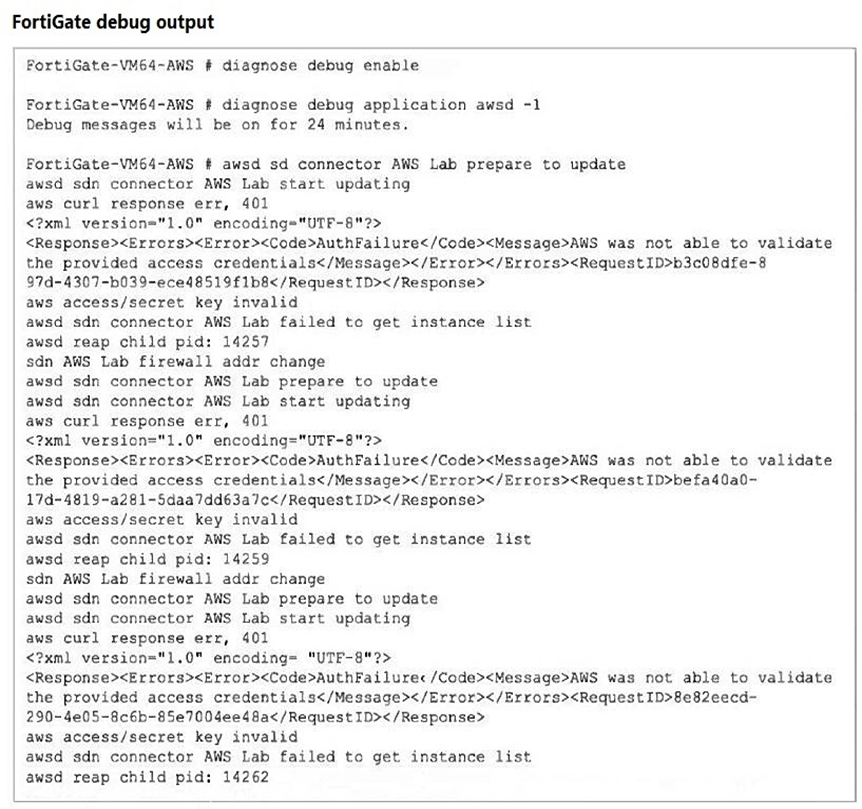An organization has created a VPC with two subnets and deployed a FortiGate-VM (VM04/c4.xlarge) in AWS.
The EC2 instance is initially configured with two Elastic Network Interfaces (ENIs). The primary ENI is configured on the public subnet, and the secondary ENI is configured on the private subnet. To provide internet access for the FortiGate-VM, they now want to associate an EIP to its primary ENI, but the assignment is failing.
Which action would allow the EIP assignment to be successful?
Show Answer
Hide Answer
Correct Answer:
C
Internet Gateway Requirement:
For an Elastic IP (EIP) to be assigned to an instance's primary ENI, the VPC must have an Internet Gateway (IGW) attached. The IGW enables the VPC to communicate with the internet, allowing the EIP to function properly (Option C).
Process of Assigning EIP:
Once the Internet Gateway is attached to the VPC, the EIP can be successfully assigned to the primary ENI of the FortiGate VM, providing it with internet access.
Other Options Analysis:
Option A is incorrect because the primary ENI is already in a public subnet.
Option B is not necessary and may not solve the issue without an attached Internet Gateway.
Option D is partially correct about the routing table but does not address the primary issue of needing an Internet Gateway.
AWS Elastic IP Documentation: Elastic IP
AWS Internet Gateway: Internet Gateway


